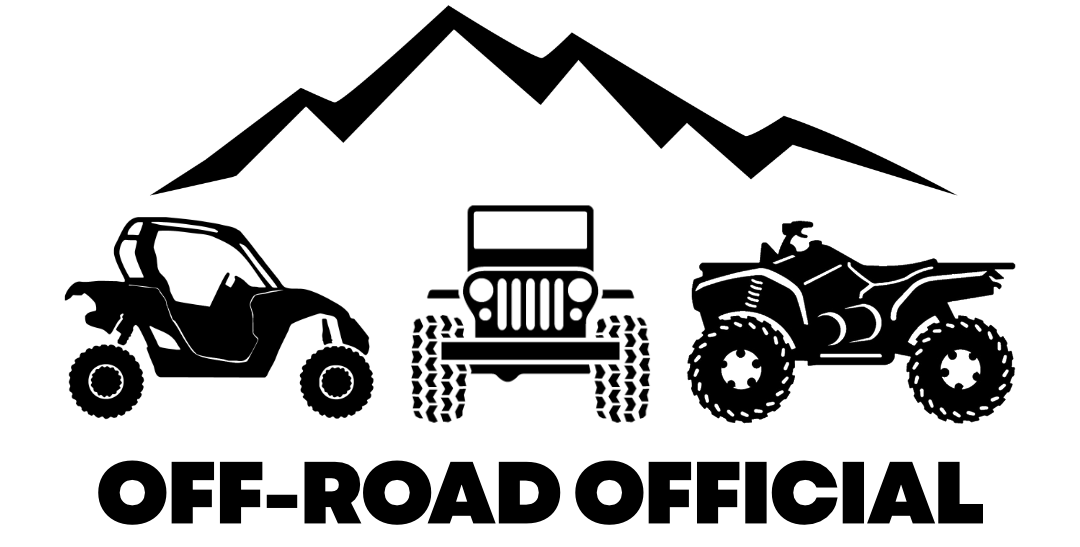The Yamaha Banshee is one of the most popular ATVs of all time, produced for 26 years from 1987 to 2012.
The only quad ever made available to the public to feature both a two-stroke and twin-cylinder engine, the Banshee is absolutely loaded with both speed and horsepower.
While many other quads in the 350cc class make great models for beginners, the Yamaha Banshee is geared more towards experienced riders capable of handling the speed and performance it offers.
So what is the top speed of a Yamaha Banshee?
This guide will answer all of your Banshee speed and performance questions in reviewing the following:
- Yamaha Banshee top speed
- Top speed of a stock vs. modified Banshee
- Best Banshee-specific mods to increase speed and power
Yamaha Banshee Top Speed
Powered by a 347cc twin-cylinder engine with an output of around 34 horsepower, the top speed of a Yamaha Banshee is around 73 mph.
While that top speed is specific to models in fully stock condition, the Yamaha Banshee top speed can be increased to 85+ mph by way of some common modifications.
Mods to Improve Speed & Power
There are six common modifications owners can make to their Yamaha Banshee to increase the top speed and power.
- Add a big bore kit
- Upgrade the air intake system
- Upgrade the exhaust system
- Re-jet the carburetor
- Adjust the gear ratio
- Add bigger tires
Making any of these modifications on their own should result in a small increase in speed and power, but combining all or most of them will have your Banshee outrunning some of the sportiest ATVs in the industry.
Yamaha Banshee Big Bore Kit
By adding a big bore kit, you’ll increase the power of your Banshee which will translate to more speed.
A big bore kit will replace the stock piston and cylinders with larger ones. As a result of these bigger components, your Banshee will benefit from more torque, increased combustion flow, and an overall higher displacement.
On paper, you’re increasing the engine size and displacement by adding a big bore kit.
Specific to the Yamaha Banshee and its 347cc engine, the displacement may increase to around a more realistic 400cc depending upon which big bore kit you install.
It’s essential to remember that you’ll also need to upgrade the stock crank shaft and stroke when you increase the displacement with a bigger bore.
You’ll also need to tune these new components to ensure a proper air to fuel ratio, which can be done by re-jetting the carburetor.
A big bore kit is recommended as most of them include the necessary replacement parts to do all of this.
Highest Recommended Big Bore Kits For Yamaha Banshee:
- Vito’s Performance Products Big Bore Kit (392cc)
- Driveline Big Bore Assassin Kit (421cc)
- Athena Big Bore Kit (400cc)
Vito’s Performance seems to have mastered big bore kits for Yamaha’s, also offering one of the highest recommended kits for the Yamaha Blaster.
Yamaha Banshee Air Intake Upgrade
The air intake system consists of the airbox and air filter, and is responsible for funneling clean air into the engine so that it can breathe.
The goal of an air intake upgrade is to increase the amount of air able to flow into the engine, while also ensuring it’s free of dust and debris that can be harmful.
This should provide more power at the higher RPM ranges, which will result in more top-end speed.
An upgraded intake includes replacing the stock air filter, and potentially the airbox or airbox cover.
The highest-recommended upgrades for the Banshee are from K&N Filters or UNI Filters, which are ideal for some of the faster ATVs in the industry.
Yamaha Banshee Exhaust Upgrade
By increasing the airflow into the engine with an intake upgrade, you’ll also need to increase the airflow out if you want to maximize the added power and speed potential.
Upgrading the exhaust system will accomplish this, with a focus on adding a higher amount of torque and power throughout all gears.
Not only that, but an aftermarket exhaust system will give your Banshee a deeper, smoother growl when riding.
Highest Recommended Banshee Exhausts For Top-End Speed:
- Duncan Racing Paul Turner Exhaust
- FMF Racing Fatty Exhaust
- CPI Big Bore Inframe Exhaust
Highest Recommended Banshee Exhausts For Low-End Torque:
- Pro Circuit Exhaust
- Toomey Exhaust
Re-Jetting The Carburetor
To realize the full power and speed gains from an upgraded intake and exhaust, you’ll also need to increase the fuel flow.
Re-jetting the carburetor will accomplish this and ensure that your air to fuel ratios are optimal.
Failure to re-jet your carburetor after upgrading the intake or exhaust can result in damage to your engine.
There are three jets that need to be either replaced or adjusted within your carburetor – the main jet, pilot jet, and needle jet.
Finding the ideal replacement jets will likely take some trial and error to determine which combination works best for the mods you’ve made, but there are some recommended starting points.
The stock main jet in the Banshee is a # 190.
While the jet size you’ll want to replace it with depends on the specific modifications you’ve made, the general consensus among owners who have re-jetted is that moving to a size 270 or 280 jet is the best place to start.
From there, you can work your way down while testing your quad to find the best main jet size.
The stock pilot jet in the Banshee is a # 25.
The ideal replacement size for the pilot jet is generally a # 27.5, but you should work your way up or down to determine this as well.
The needle jet can simply be adjusted to its proper setting by rotating it, with one or one and a half full turns recommended.
Adjust The Gear Ratio
If you want to add a few mph to the top speed of your Banshee, you can also replace the stock sprockets.
There are two different stock gearing set-ups among Banshees.
1987 and 1988 Banshees will have a 13-tooth front sprocket and a 42-tooth rear sprocket. All 1989+ models will have a 14-tooth front sprocket and a 41-tooth rear sprocket.
If you want to increase the top-end speed, you’ll want to slightly increase the size of the front sprocket and potentially slightly decrease the size of the rear sprocket.
While this will increase top-end speed, it will also decrease your low-end torque and acceleration, so you don’t want to overdo it.
The ideal gear ratio for the best top-end speed while not sacrificing too much low-end torque seems to be increasing to a 15-tooth sprocket in front and leaving the 41-tooth rear sprocket in place.
This should give you an added 3-5 mph of top-end speed.
Add Bigger Tires
The Yamaha Banshee comes equipped with 21-inch stock tires in front and 20-inch stock tires in the rear.
For more top-end speed, increasing to a 22-inch diameter tire should net the best results. These bigger, heavier tires will slow you down a bit on your initial takeoff though.
Final Thoughts
A fully stock Yamaha Banshee can hit an already-impressive top speed of around 73 mph.
For those who want to go faster, there are a number of modifications that can be made to the quad to increase the horsepower, torque, and overall attainable speed.
A fully modified Yamaha Banshee should be able to reach top speeds of 85+ mph, and will offer increased torque and horsepower as well.
Before you hit the trail, check out how the Banshee stacks up with Yamaha’s other sport ATVs:


